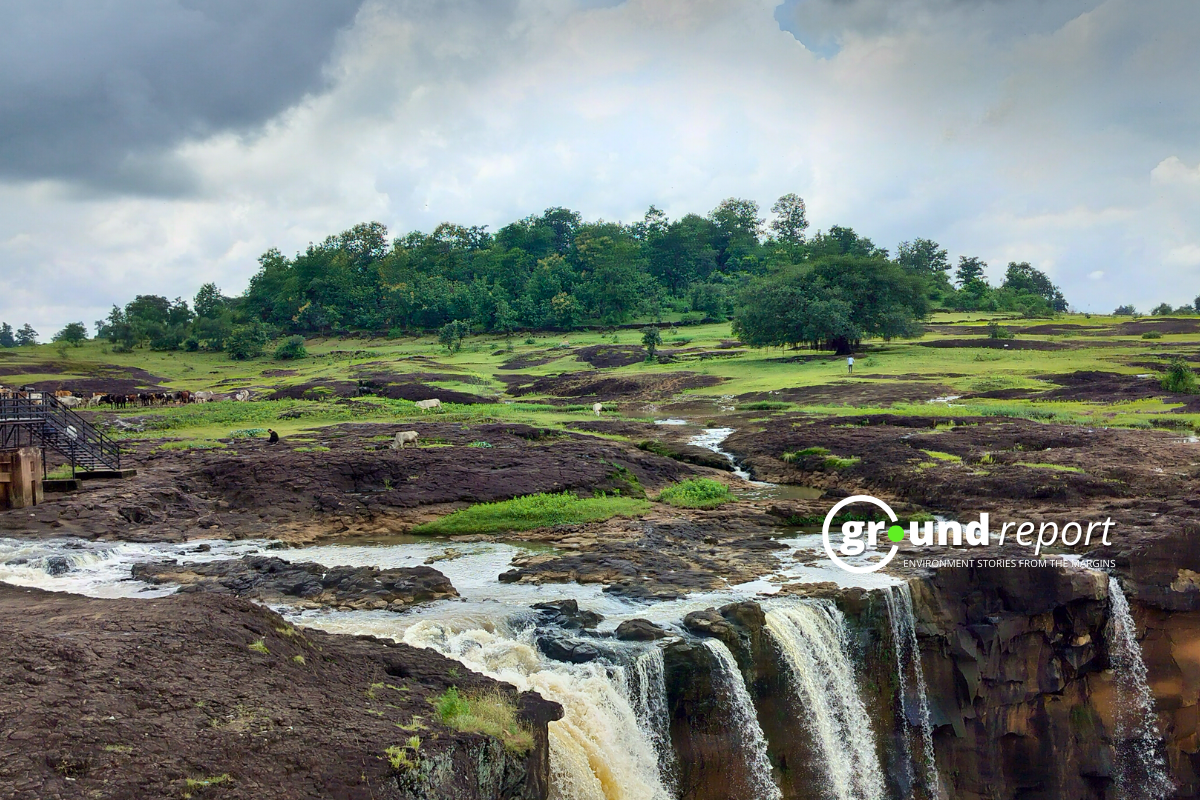In Naira, a small village in Jharkhand’s Palamu district, Mamta Kumari’s grocery shop stands out, not just as a place to buy essentials, but as a lively space that brings people together. Women and young girls, even from nearby villages, visit what’s now known as the ‘Unusual Grocery Store of Naira’ to meet Mamta, the banker-entrepreneur who changed her life and inspired her community.
But it wasn’t always this way. Before May 2024, Mamta’s family struggled with irregular income and poor access to financial support. She had the drive but lacked the means. That changed when she learned about the Youth Hub set up by Transform Rural India (TRI), a development design organisation that works on transforming India’s bottom 100,000 languishing localities into flourishing communities.
There, she learnt the basics of financial literacy as well as small business management and connected with local markets. Through her Self-Help Group’s bank linkage, she secured a loan of Rs 75,000 and finally opened her grocery shop.
But Mamta, 29, wasn’t done yet. While managing her grocery shop, she often saw women, the elderly, and the poor struggle to access banking services. In December 2024, she decided to change that and became a Banking Correspondent (BC) Sakhi. She started offering basic banking services within the village, earning an extra Rs 3,000 to Rs 4,000 a month. People no longer had to travel for hours to open accounts or make transactions. Mamta made banking accessible right in their own locality. Her income grew as well, helping her support her children’s education, care for her family, and live with more agency and confidence.
Neeraj Ahuja, Lead for Enterprise and Employability at TRI, believes many rural women like Mamta just need the right support to catalyse the women-led Micro, Small, and Medium Enterprises (MSMEs) sector. He calls investing in these ventures a smart economic choice, not just a moral imperative. “Rural women don’t lack ideas. They lack visibility, validation, and voice,” he adds. According to him, changing community attitudes and offering local support and mentorship can help women build businesses that reflect their lives and ambitions. When women entrepreneurs succeed, entire communities move forward.
Meanwhile, the Economic Survey 2024–25 highlights a sharp contrast. Women make up 50% of India’s artisans and 64.4% of its agricultural workforce, yet only 22% of MSMEs are women-owned, and just 6–10% are employed in top agri-related sectors. And the NSSO puts the overall participation of women in MSMEs at just 20%. Researchers link this low presence to social norms, gender bias, limited access to finance, and weak institutional support. This is why many change leaders are calling for gender-responsive policies that improve financial access for women entrepreneurs, especially in a country with such a large informal sector.

“Yes, policymakers and CSR programs are crucial catalysts in building a supportive entrepreneurial environment. With the right ecosystem, India can unlock over 30 million women-owned enterprises and create up to 170 million jobs by 2030, propelling the country toward middle-income status,” adds Neeraj.
He illustrates his point with the journey of Soni Kumari, a young woman pursuing her Bachelor’s degree. Soni lives in Chhotki Pona village in Borobing Panchayat of Chitarpur Block, Ramgarh, Jharkhand. Her husband ran a modest photography studio, but the income wasn’t enough for their joint family. During a family discussion, Soni suggested they start making photo frames to bring in extra income. With her family’s support, she connected with the TRI Youth Hub and built her skills through the Entrepreneurship Development Program. She then secured a Rs 1,00,000 loan from Rangde and bought a photo frame-making machine from Gujarat.
She began with simple frames but soon took it a step further. Combining creativity and curiosity, she learned to make electronic photo frames, blending traditional designs with modern technology. Her monthly income increased by Rs 15,000, helping the family find more financial stability. Now, Soni is looking to expand her business, invest in new machines, and create job opportunities for other women in her community.
“That is how it works. One woman can inspire another. But inspiration alone cannot help them achieve the outcomes they dream of. While the country is aiming to become a $5 trillion economy and a ‘Viksit Bharat’ by 2047, more women-led MSMEs must move from the margins to the mainstream. We already know what their requirements are, and what we now need are better financial policies to ensure that millions of dreams and ambitions come to fruition,” concludes Neeraj.
Support us to keep independent environmental journalism alive in India.
Keep Reading
Mahseer conservation halted: Will MP lose its state fish forever?
Fishermen lose their livelihood due to Omkareshwar Floating Solar
Impact of climate change on fishermen’s livelihood in Budhni
As elites control the reservoirs, Sehore’s fishermen remain impoverished
Stay connected with Ground Report for underreported environmental stories.
Follow us on X, Instagram, and Facebook; share your thoughts at greport2018@gmail.com; subscribe to our weekly newsletter for deep dives from the margins; join our WhatsApp community for real-time updates; and catch our video reports on YouTube.
Your support amplifies voices too often overlooked—thank you for being part of the movement.






